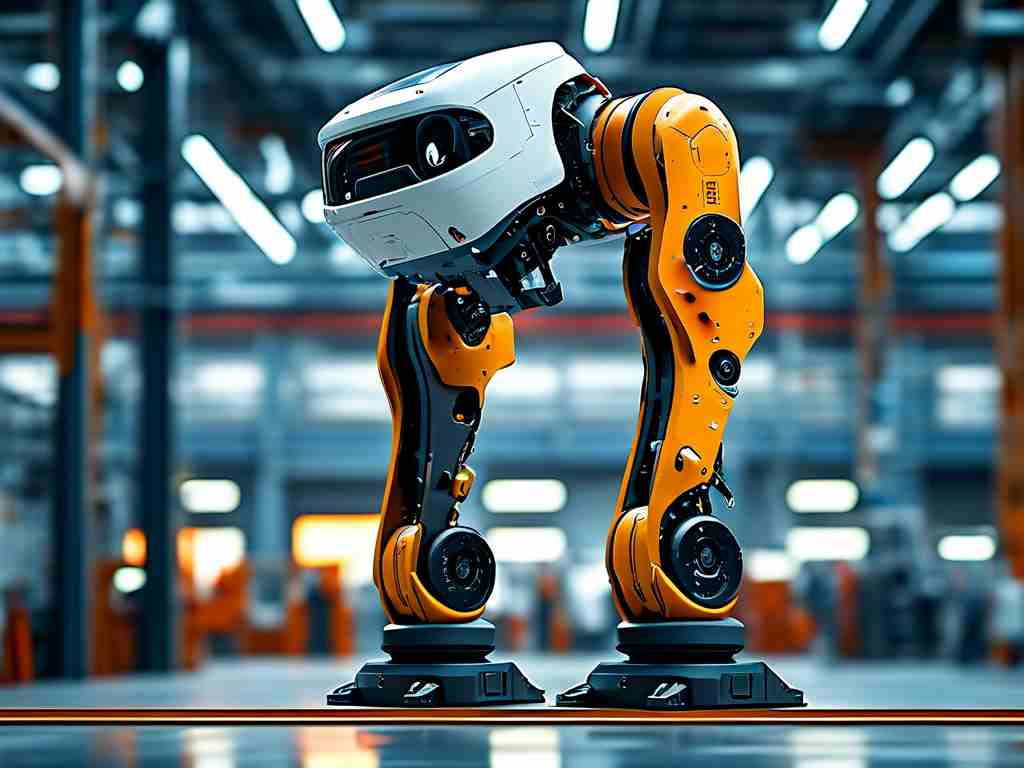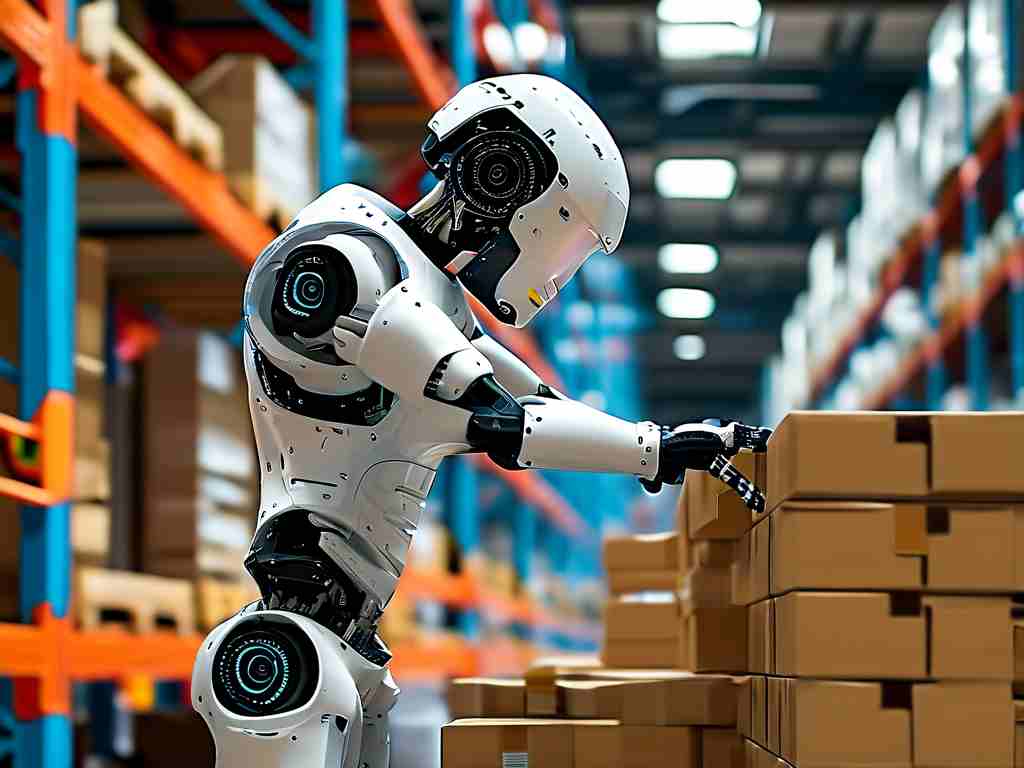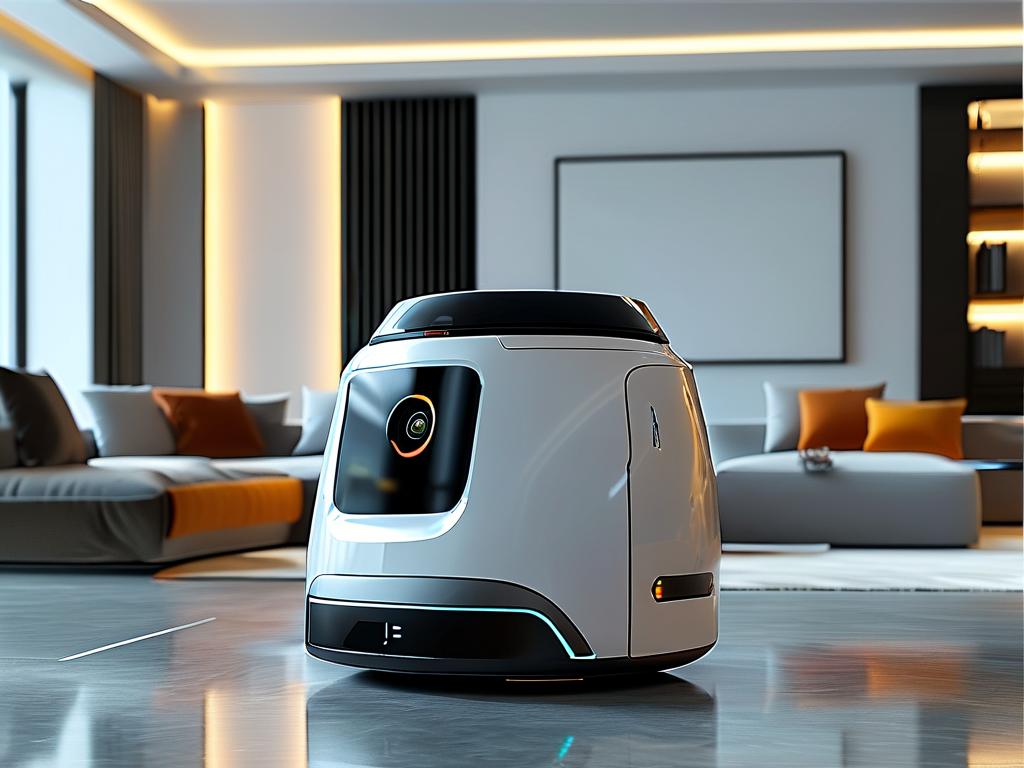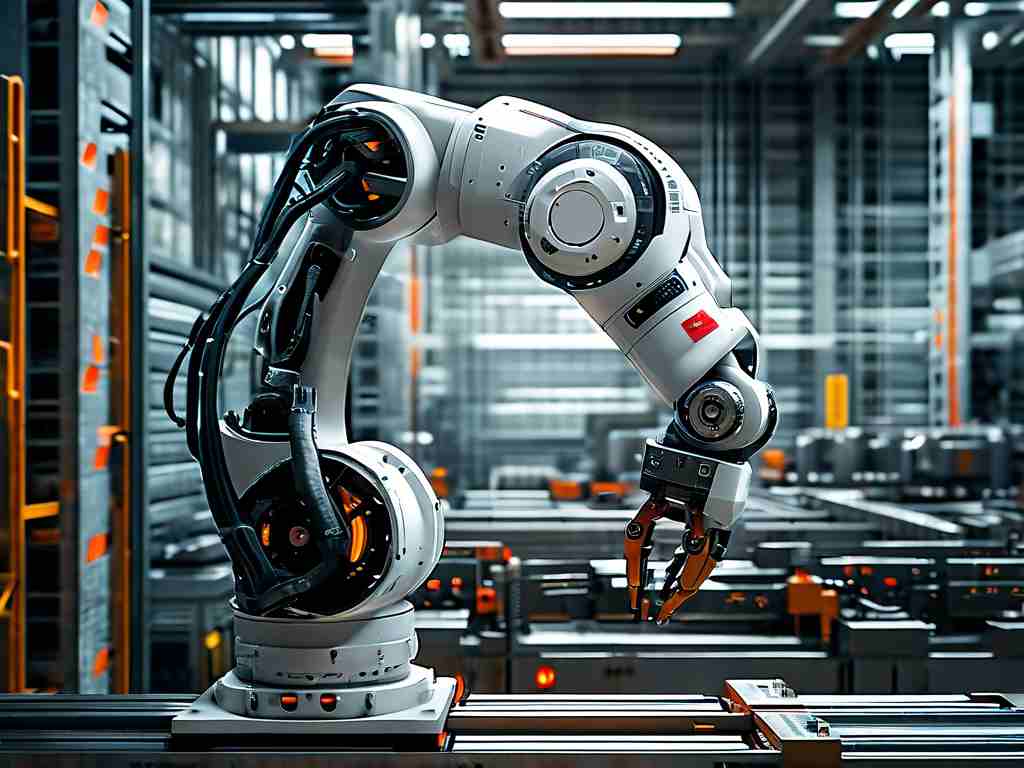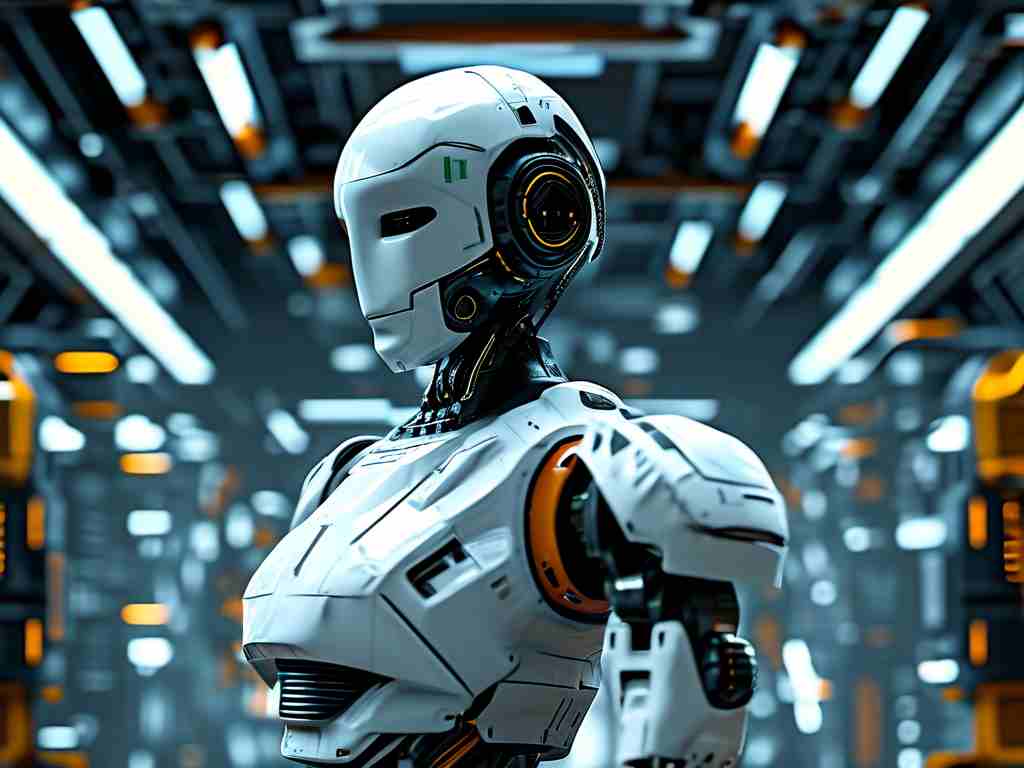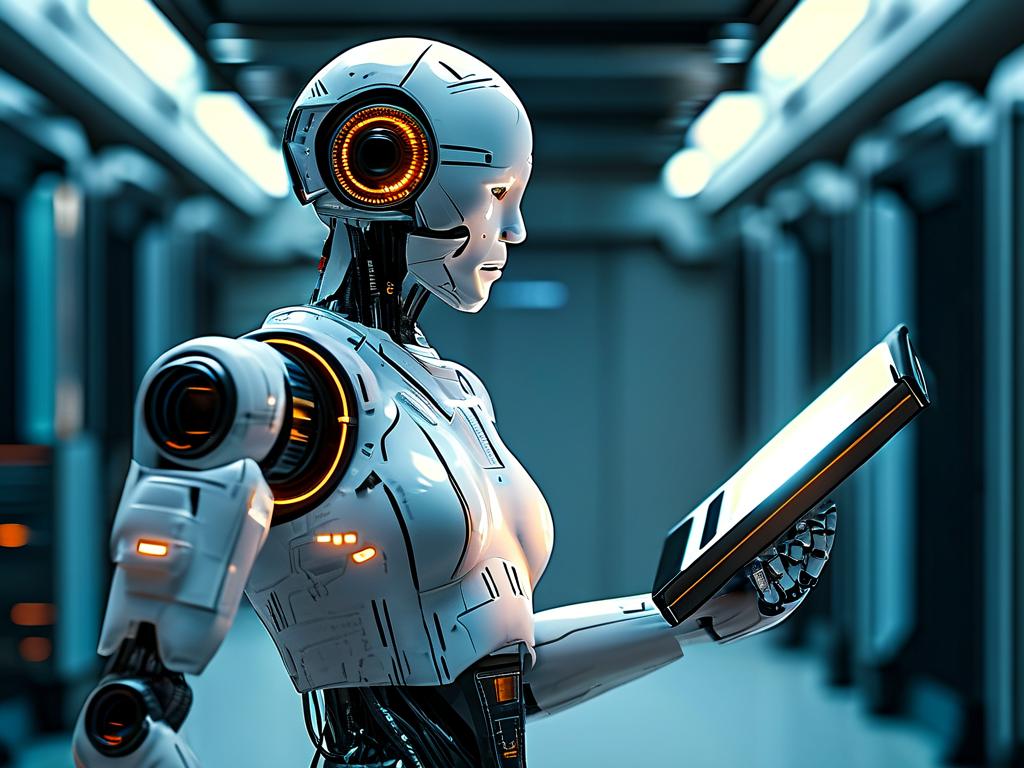The integration of flexible perception technology into robotics has emerged as a cornerstone for advancing autonomous systems. Unlike traditional rigid sensors, flexible perception systems enable machines to interact with dynamic environments through adaptive tactile, visual, and proprioceptive feedback. This article explores the principles, applications, and future trajectories of this groundbreaking technology.
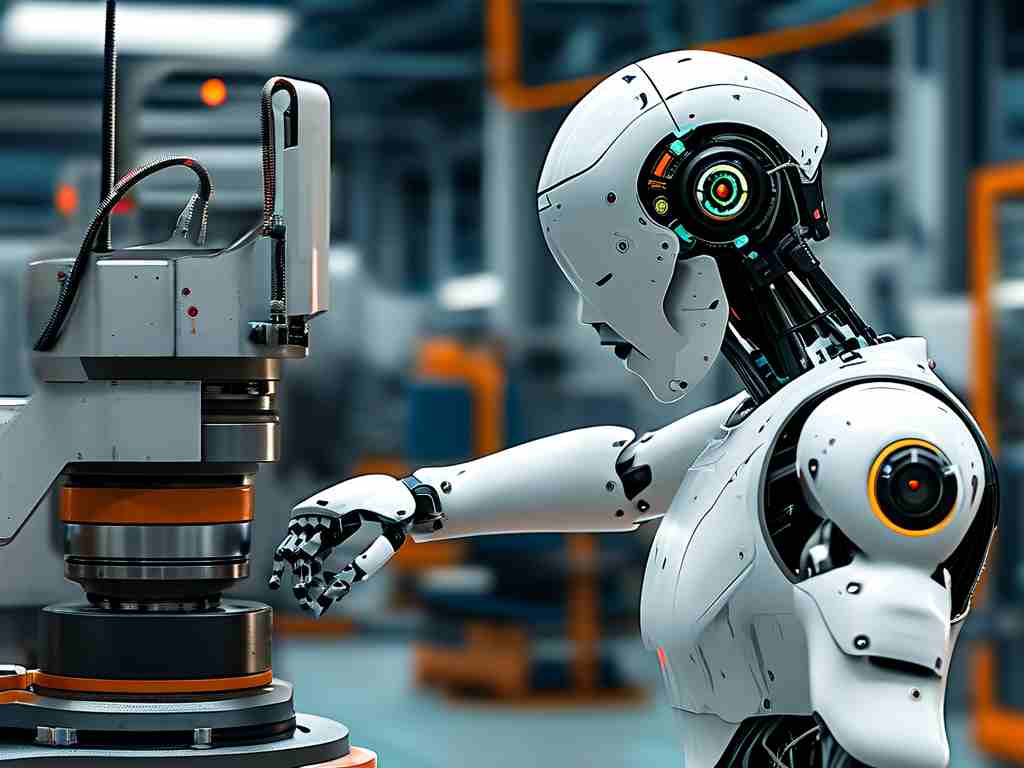
The Science Behind Flexible Perception
Flexible perception technology relies on soft, stretchable sensors that mimic biological skin and sensory organs. These sensors combine conductive polymers, nanomaterials, and microfluidic channels to detect pressure, temperature, and deformation. For instance, piezoelectric materials generate electrical signals when mechanically stressed, while capacitive sensors measure changes in electric fields caused by external stimuli. By embedding these components into elastomeric substrates, robots gain the ability to "feel" textures, grasp fragile objects, and navigate uneven terrains without causing damage.
A recent breakthrough by researchers at MIT demonstrated a robotic gripper equipped with optically transparent tactile sensors. These sensors use light refraction patterns to map contact forces in real time, enabling precise manipulation of delicate items like glassware or ripe fruit. Such innovations highlight how material science and optics converge to enhance robotic dexterity.
Applications Across Industries
Healthcare and Rehabilitation
In medical robotics, flexible perception systems are transforming prosthetics and surgical tools. Smart prosthetic limbs with embedded pressure sensors allow users to perceive tactile feedback, improving grip control and reducing phantom limb pain. Meanwhile, minimally invasive surgical robots leverage flexible end-effectors to navigate complex anatomies while providing surgeons with haptic feedback. A 2023 clinical trial in Japan reported a 40% reduction in procedure times when using perception-enhanced robotic arms for laparoscopic surgeries.
Industrial Automation
Manufacturing robots equipped with adaptive perception can handle irregularly shaped components or variable assembly lines. Automotive factories now deploy collaborative robots (cobots) that adjust grip strength based on sensor data, preventing scratches on painted surfaces. Similarly, agricultural robots use multispectral flexible sensors to assess crop health while avoiding damage to plants during harvesting.
Consumer and Service Robotics
From household assistants to disaster response drones, flexible perception enables safer human-robot interactions. Vacuum cleaners with terrain-adaptive wheels avoid tripping hazards, while rescue robots traverse rubble using proprioceptive sensors to redistribute weight. Companies like Boston Dynamics have integrated these technologies into their quadruped robots, allowing them to recover balance after slips or pushes.
Challenges and Future Directions
Despite its promise, flexible perception faces hurdles in scalability and durability. Prolonged mechanical stress can degrade sensor accuracy, and environmental factors like humidity or electromagnetic interference may skew readings. Researchers are addressing these issues through self-healing polymers and machine learning algorithms that compensate for sensor drift.
The next frontier involves merging flexible perception with neuromorphic computing to create "embodied intelligence." By processing sensory data at the edge (akin to biological nervous systems), robots could react instantaneously to stimuli without cloud dependency. The European Union’s Horizon 2030 initiative has earmarked €2.1 billion for developing such biohybrid systems.
Flexible perception technology is redefining the boundaries of robotics, bridging the gap between mechanical precision and biological adaptability. As materials evolve and AI integration deepens, robots will increasingly operate in unstructured environments—from ocean floors to interstellar landscapes. The synergy of soft sensors and intelligent algorithms promises not just smarter machines, but a future where robots coexist seamlessly with humans, enhancing safety and efficiency across all facets of life.


